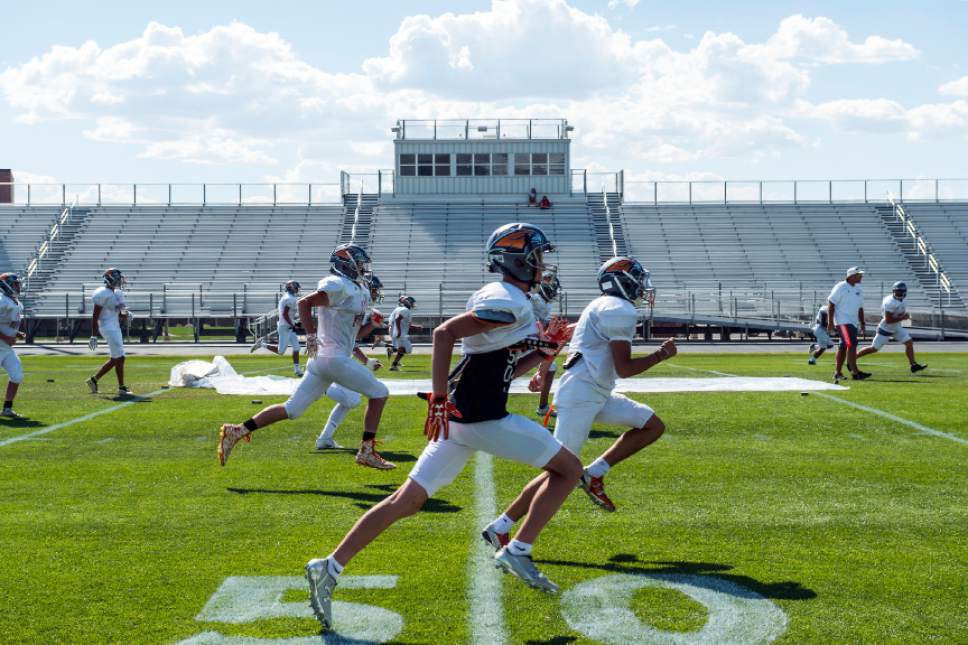This is an archived article that was published on sltrib.com in 2016, and information in the article may be outdated. It is provided only for personal research purposes and may not be reprinted.
Members of the Utah Board of Education gave final approval on Friday to a policy that compels the Utah High School Activities Association to loosen transfer restrictions for student athletes.
Under the policy, sub-varsity athletes will be allowed to transfer schools at will, and varsity athletes will be allowed to transfer under defined circumstances.
The policy was approved with a 9-5 vote of the board, despite widespread opposition among the public and private high schools that voluntarily affiliate with the activities association.
UHSAA must now alter its internal policies to match the state school board's rule, or risk losing the membership of Utah's public high schools.
"Obviously we're going to comply," UHSAA executive director Rob Cuff said. "We have no reason not to comply, unless we want to be a private school association."
Student athletes are currently restricted from switching schools — and by extension, teams — after establishing eligibility, unless they receive a waiver from the activities association.
Most waiver requests are approved, particularly in instances like a student's family relocating or a student experiencing bullying or hardships at his or her previous school. But school board member Jennifer Johnson said the waiver requirement places an unfair burden of proof on students and their families to demonstrate that a school transfer is not due to athletic reasons.
Instead, the board's policy requires UHSAA to approve transfers by default if a student's family relocates, or if death, divorce or bullying necessitates enrollment at a new school.
"I'm not satisfied that the status quo adequately preserves the rights of students and the rights of parents in an administrative sense," Johnson said.
Transfers would be restricted among only varsity athletes, with students free to switch schools for any reason if they also switch sports — shifting from varsity football to varsity basketball, for example. Subsequent varsity transfers would result in a loss of eligibility for 12 months. The board's proposal also requires UHSAA to create an appellate panel — with members appointed by the state school board — and to allow the school board to conduct an annual audit of the association.
The UHSAA governance structure requires that internal policy changes be approved first by the association's board of trustees — which includes school and school district representatives — and ratified by a majority of the high schools that comprise the association's membership.
The association recently surveyed its 137 member schools, with 129 indicating opposition to the school board's proposal and 132 objecting to the board's interference with extracurricular activities.
Cuff said the association is troubled by the language of the school board's transfer requirements, but potentially more concerned by the precedent set by the new policy.
"It's not that we wouldn't agree with some parts of it," he said, "but we're being governed on how it is, rather than letting our local [school] districts construct their own transfer rule."
Cuff said the process to adopt the board's required changed will begin immediately. But he added that UHSAA is still exploring its options, including a potential appeal for reconsideration after newly elected school board members are seated in January.



